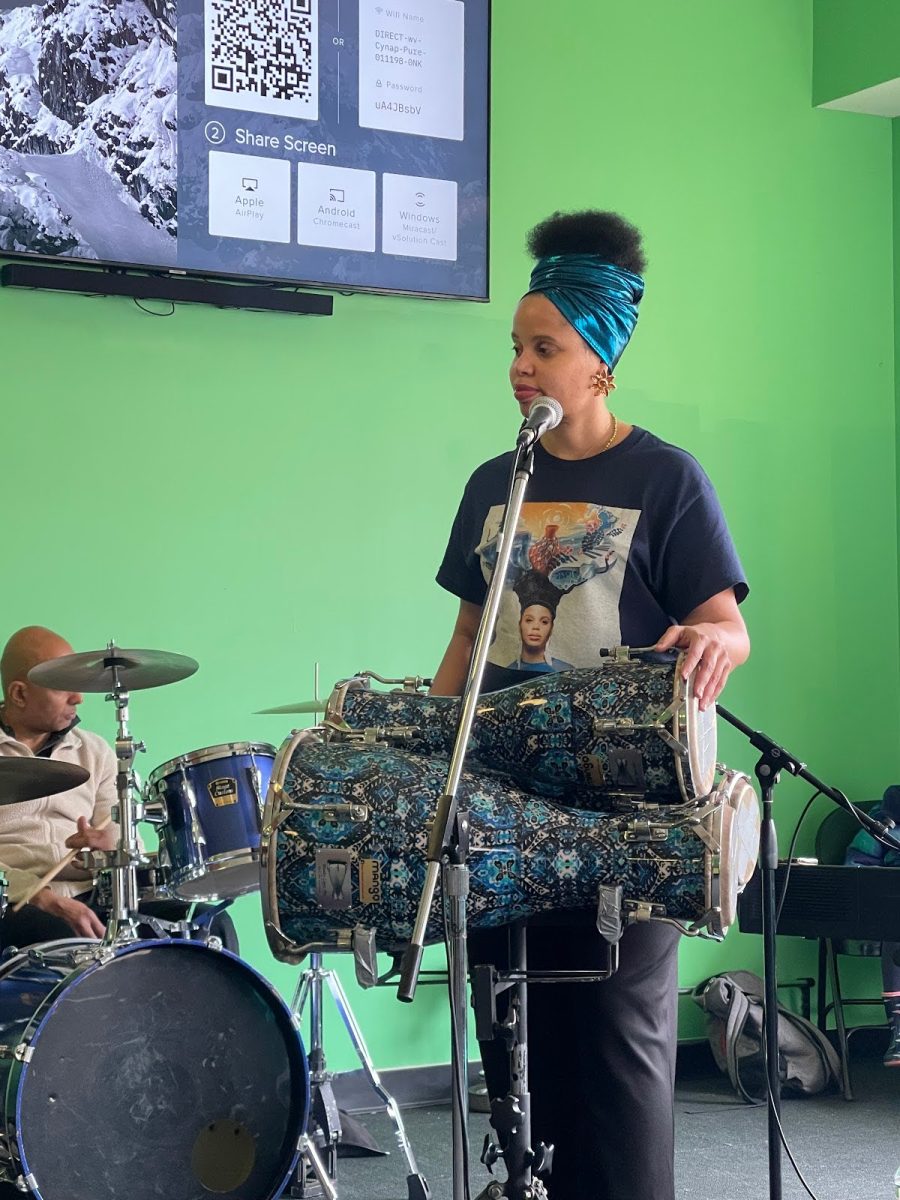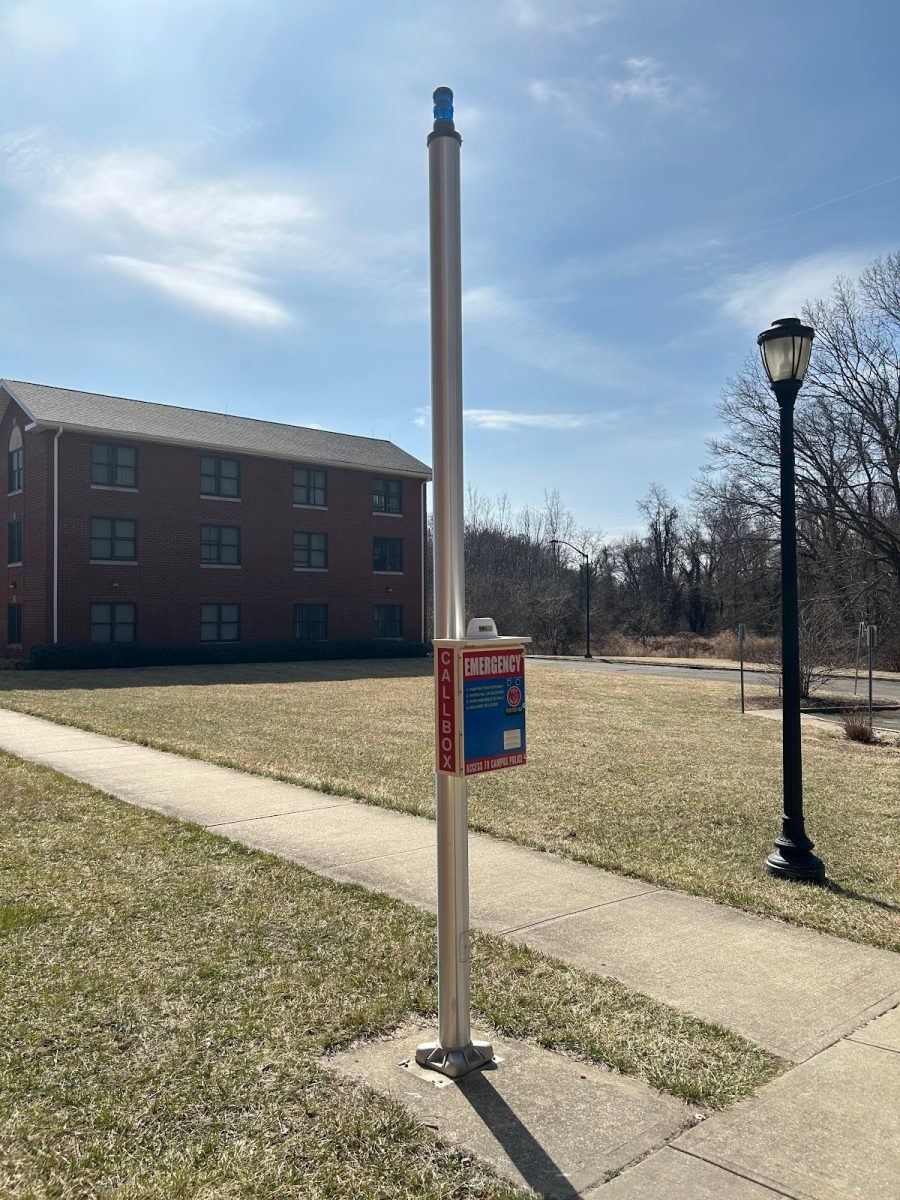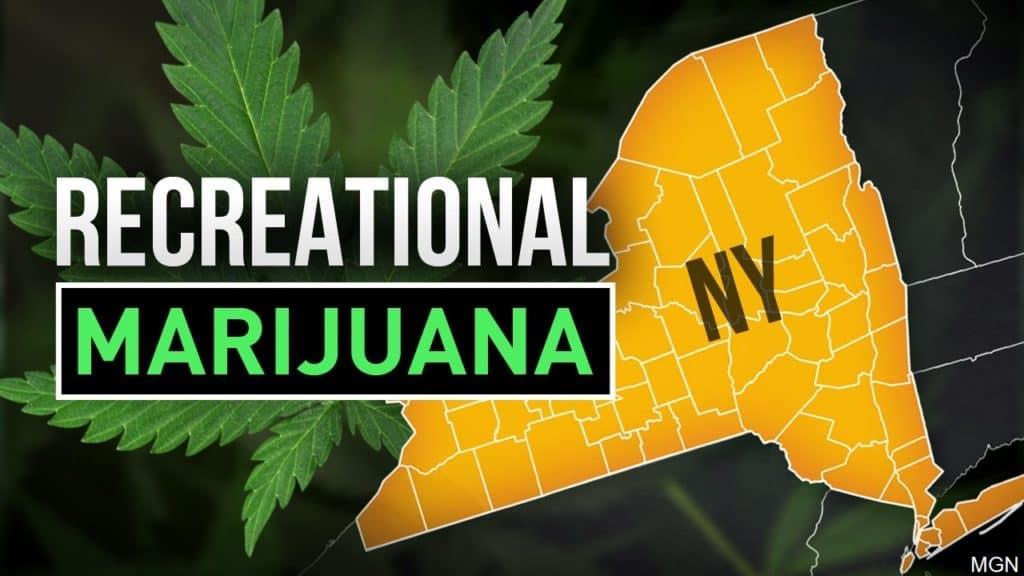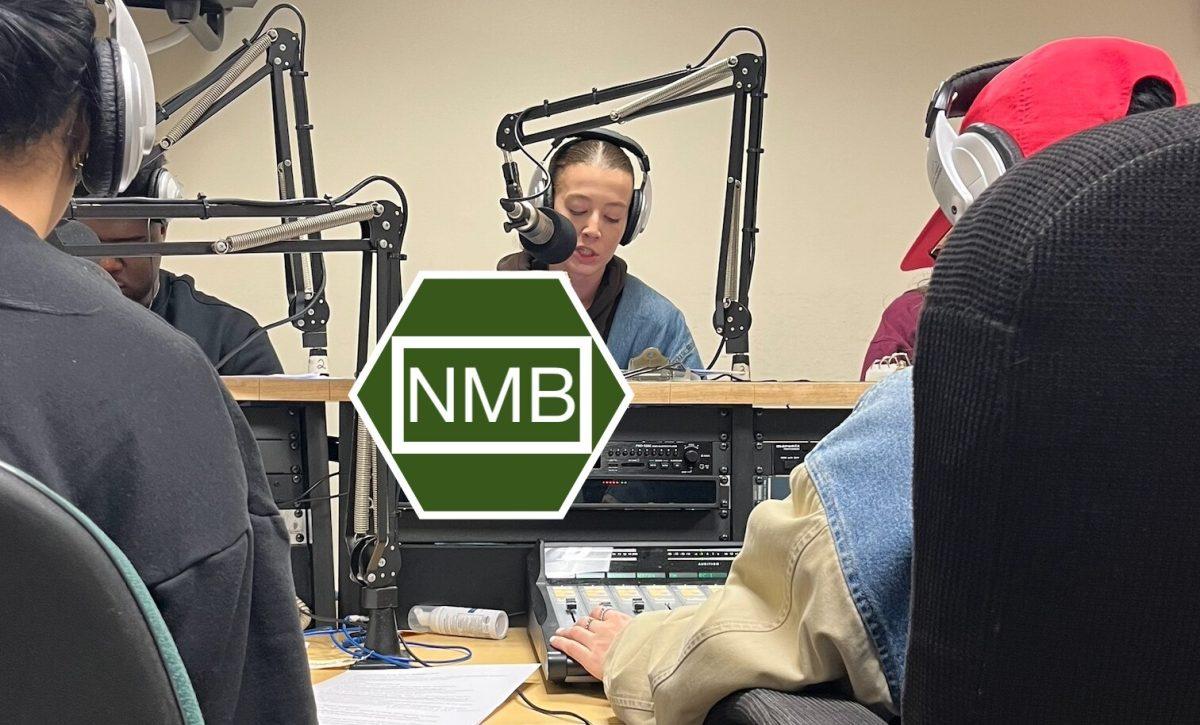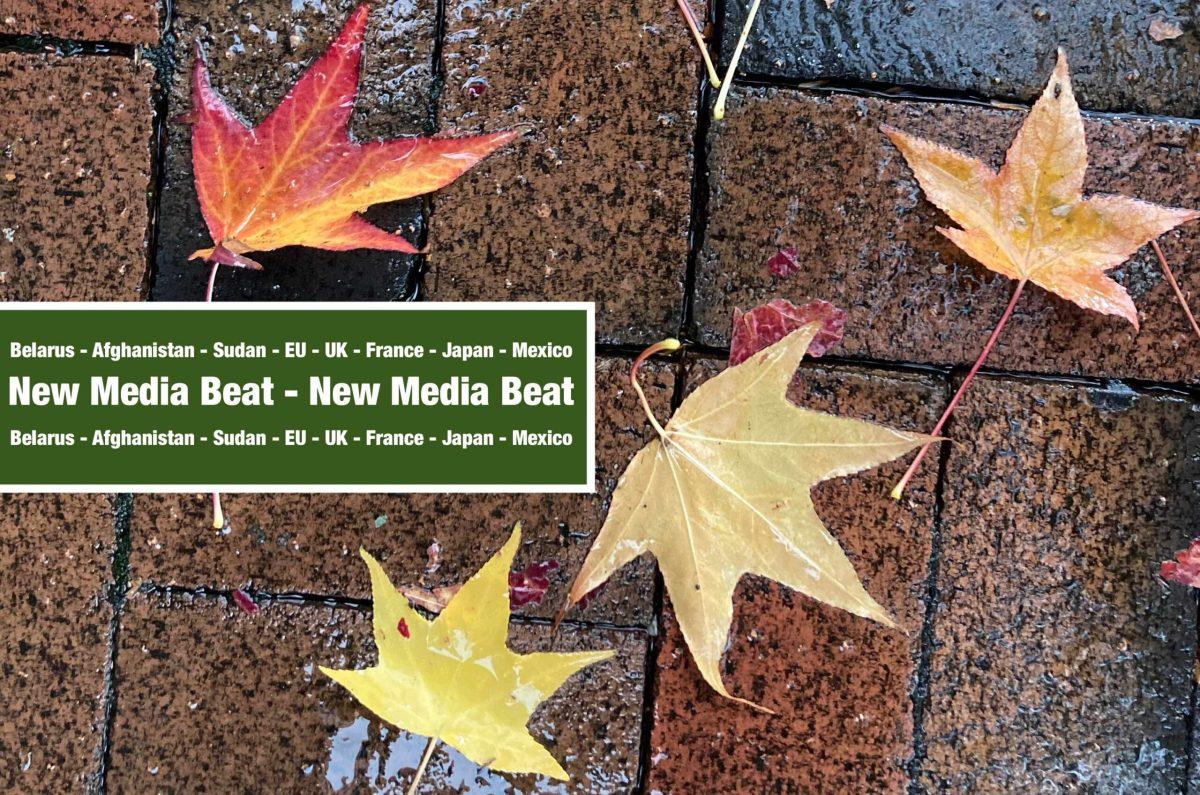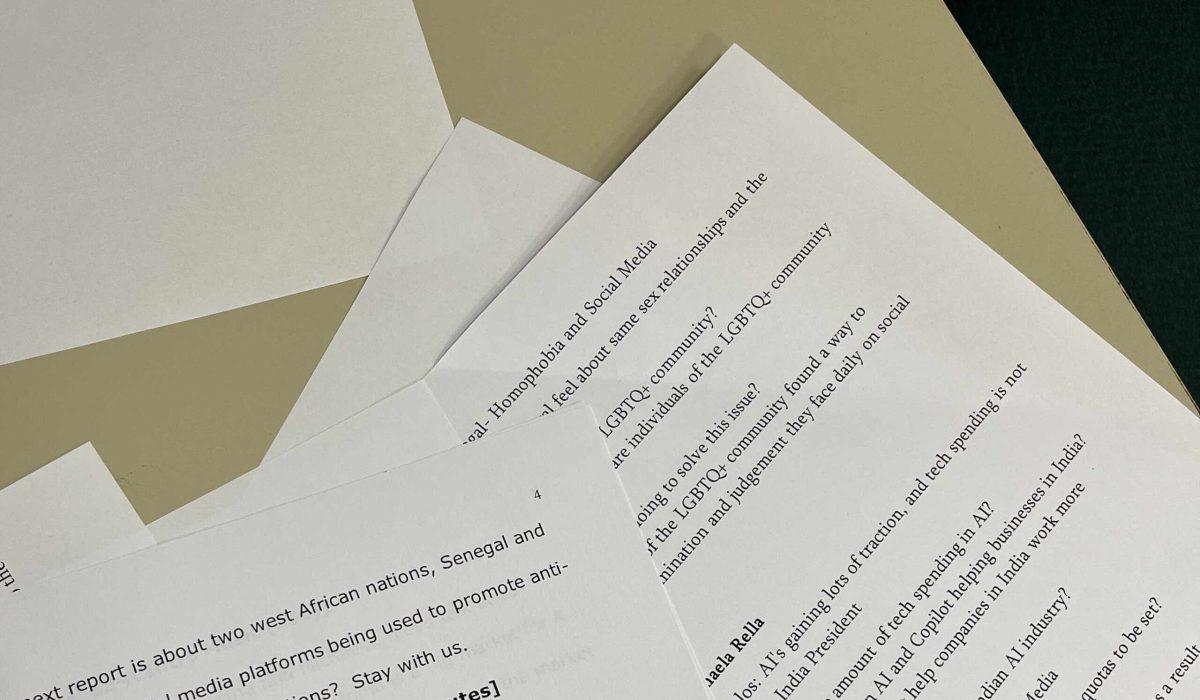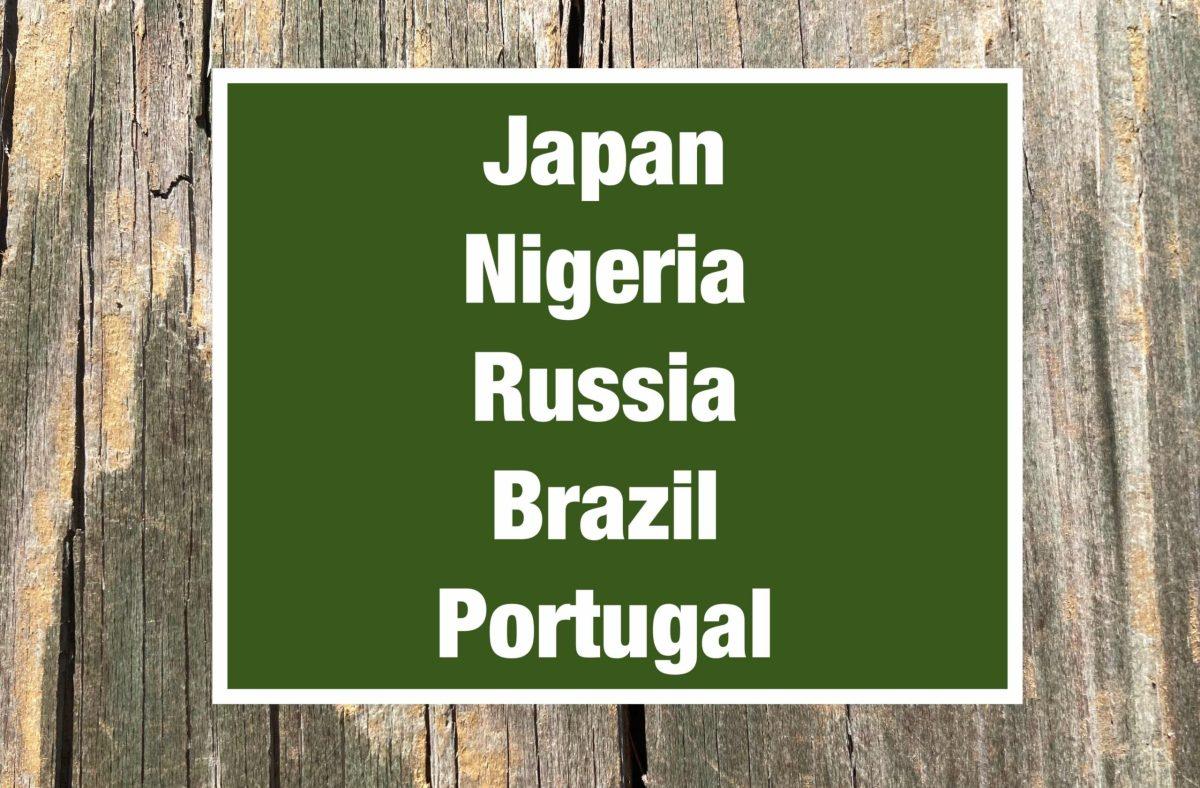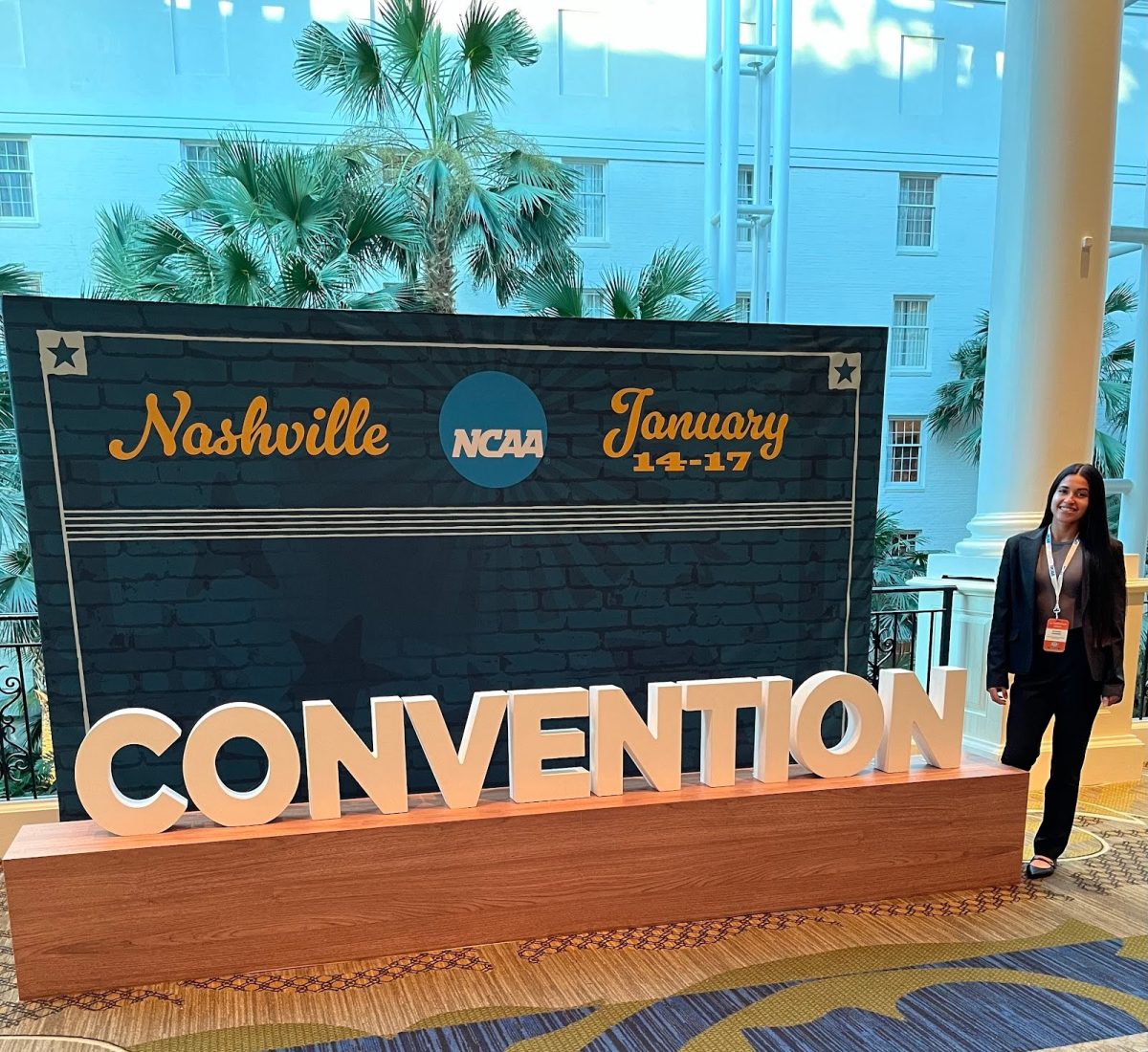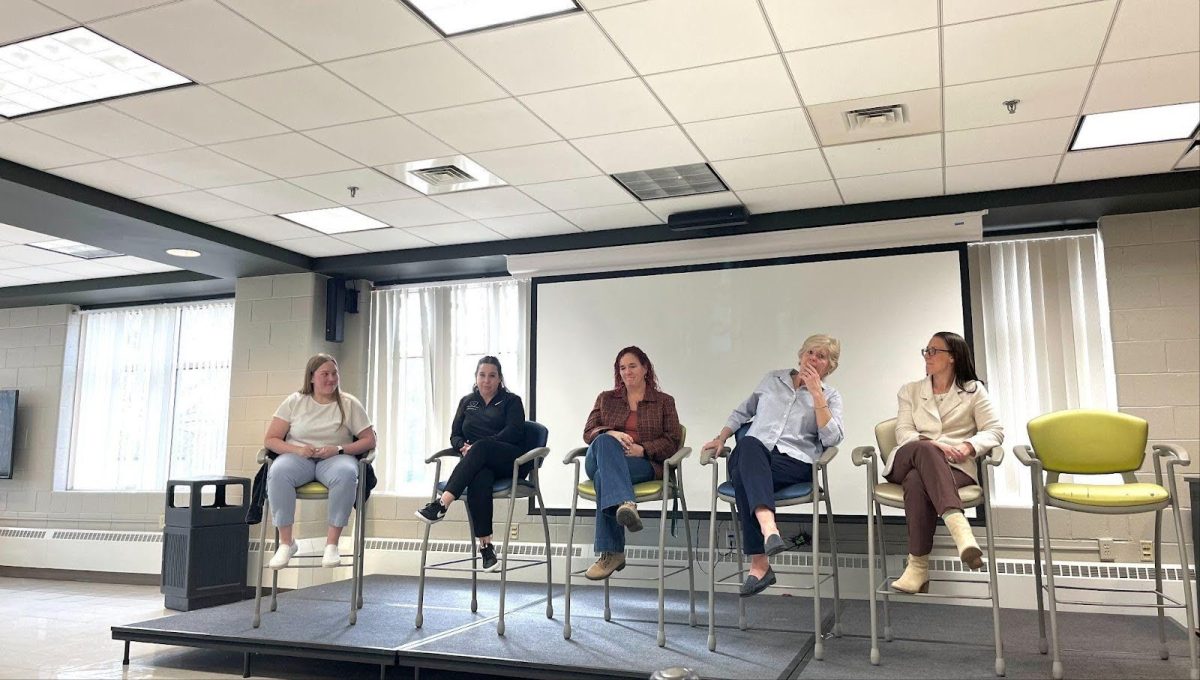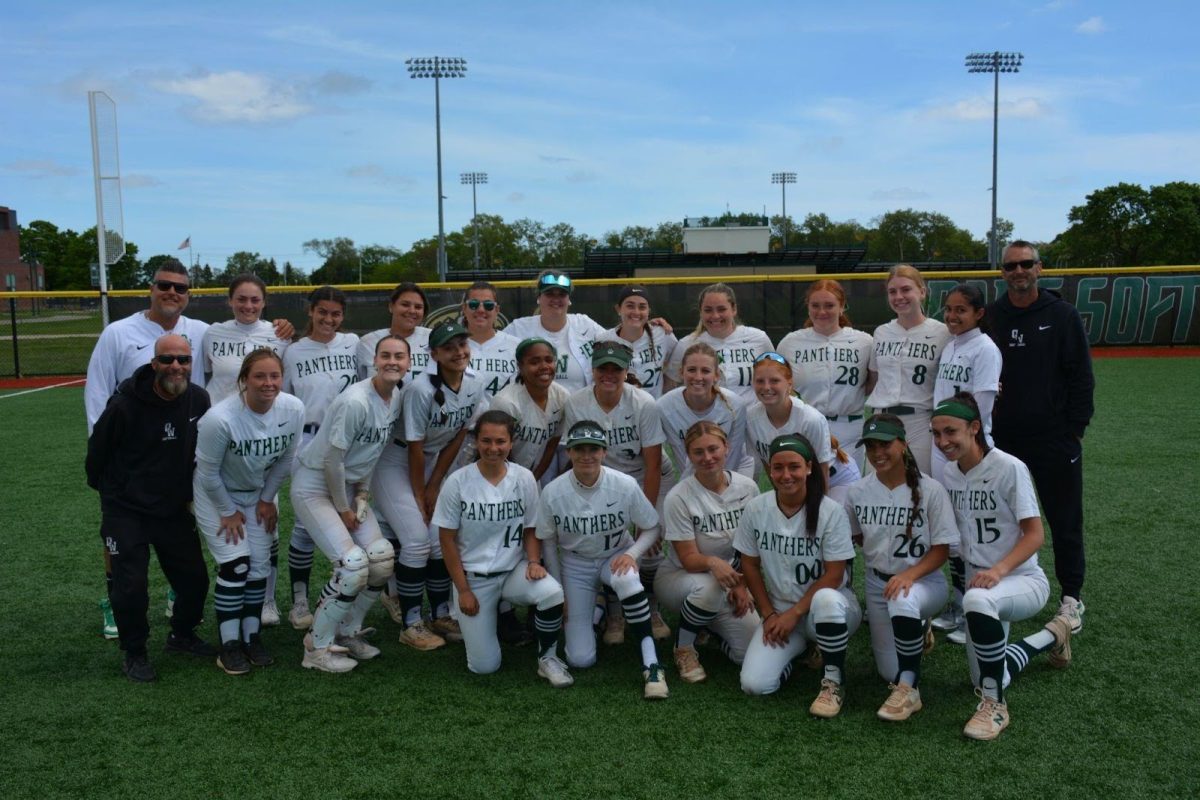
Locals of Long Island are very fortunate to have one thing in common; easy access to waterways. No matter what part of the island, one is always within what feels like twenty minutes of the beach. Unfortunately, waterways such as the Great South Bay, have been destroyed by pollution; and it’s time to clean up the mess.
On February 8, Oakdale Long Island was granted $26.4 million dollars in effort to clean up the Great South Bay. According to News 12, around 400 homes would be switched from cesspools to sewers. Pipes would be extended from West Babylon’s sewage treatment plant to Oakdale homes. “Environmentalists say that once that happens, the water in the Great South Bay will be much cleaner.” The switch will be done free of charge for the residents.
Citizenscampaign.org quoted Governor Andrew Cuomo saying, “We have to provide sanitary systems if we’re gonna keep our water safe.” However, this may not be the answer to the problem. Residents are able to stop this from happening. While Residents must vote for the plans approval; first it is important for them to understand what they are really voting for.
SUNY Old Westbury’s veteran journalism Professor Karl Grossman urges everyone to vote against it. “When a sewer system involves outfall; absolutely voters should say no.” An outfall sewer; according to Sacramento State Office of Water Programs; is “a sewer that receives wastewater from a collection system or from a wastewater treatment plant and carries it to a point of ultimate or final discharge in the environment.”
In May of 2017, Lisa W. Foderaro wrote an article published in the New York Times called ‘Dead Rivers, Closed Beaches’: A Water Crisis on Long Island. As Foderaro stated, “The Great South Bay, flanked by Fire Island and the South Shore of Long Island, once produced half the shellfish consumed in the United States, and supported 6,000 jobs in the early 1970s. Since then, the health of the bay has declined. Housing development meant more septic tanks depositing more nitrogen in the ground. The nitrogen flowed to rivers and the Great South Bay, leading to algae blooms. It depleted salt marshes that serve as fish habitat and suppressed oxygen levels.” Foderaro’s article goes on to explain how the pollution has caused the collapse of the shellfish industry. “The annual harvest of hard clams, for example, has fallen more than 90 percent since 1980.” The Nature Conservancy website, www.nature.org, posted an article on March 29, 2018. The article described a study that was done over the course of two years to observe the Great South Bay’s oxygen levels; and to aid the issue of nitrogen pollution. The article states, “New evidence of seasonally low oxygen levels helps to explain previous observations of areas in the bay that are largely devoid of bottom-dwelling sea-life, including hard clams and other shellfish. Already linked to harmful algae blooms and loss of eelgrass, low dissolved oxygen is yet another negative impact of nitrogen pollution, which, in Great South Bay, is largely originating from cesspools and septic systems.”
While it is clear that something must be done to save the Great South Bay along with the rest of our waterways, Grossman insists that there is another way. Karl Grossman has been a pioneer in investigative journalism for over 50 years. He has covered many environmental issues and recently wrote an article about the algal blooms plaguing Long Island’s waters as result of nitrogen. His article, written in September 2018 is called Unchecked, nitrogen-fueled algal blooms spell environmental and economic disaster for Long Island. Grossman’s article mentions a comment from Dr. Christopher J. Gobler, chair of coastal ecology and conservation at the School of Marine and Atmospheric Sciences at Stony Brook University. While not all algal blooms are toxic, Gobler stated “…the one we get in Spring is toxic to humans, as are the blue-green algae blooms in lakes and ponds.” He added “Our blooms are very strongly linked to nitrogen loading from land and occur in inland waters, estuaries,”
Grossman believes that one of the real reasons that many places switch to sewers is to bring more businesses into the areas; which boosts the economy. He believes that the other reason is because, “They just don’t seem to understand that a sewer system without recharge can cause enormous harm to the water supply. They just don’t get it.” According to Grossman, the problem with Cuomo’s announced plan is that it will be “taking wastewater from the sewers; and sending the wastewater to the Bergen Point Treatment Plant; it’s a Suffolk County treatment plant in West Babylon; and then through an outfall pipe, sending that wastewater out into the ocean. The result of that is; see Long Island is dependent on a sole source aquifer. All our potable water supply for Nassau and Suffolk county is under our feet; it’s the aquifers under our feet; the underground water table; and if you take wastewater and send it out into the ocean, the underground water supply is [gonna] lose quantity.”
He went on to explain how years ago, many had the notion that there was so much water underground that there was no need for concern. However “that turns out not to be true,” said Grossman. For example, he explained how in Nassau County, almost all of its sewer treatment plants use outfall. “They send the wastewater out into bays and surrounding water bodies.”
As a result of this, some of Nassau county’s streams and creeks have dried up. “Lakes have lowered; and what this is, is a manifestation of what occurs when you don’t essentially recycle wastewater.” He proposed that the water should be going through not only a primary or secondary treatment; but through a tertiary treatment, “and then be recharged back into the ground.”
“If it does allow for recharge, then we can discuss it.”, said Grossman. Reminiscing about the Bay, he said “The Great South Bay, used to be the source of fifty percent of America’s hard clams.” Now the bay is the source for very little. “The whole fishery has been ruined.” Grossman stated. “I’ve been on this issue since the late 60’s, so I know it well.”
Grossman also mentioned how many who have been opposed to the Southwest Sewer District claimed that sewers actually threaten the clamming industry of the Great South Bay because they do not include recharge. “Those kinds of sewer systems with outfall are not good, and voters should vote against it. If the county would present a system where the wastewater would be recharged…” stated Grossman, “…if its needed, that would be acceptable.”
In order to save our waters “We have to focus on recharge,” said Grossman. “If the bay could be made clean again, maybe we could get the clams back.” He added, “If Areas around the bay that need a substitute for cesspools; some areas, not all areas, but some areas might be
appropriate to install sewage treatment systems, but with recharge.” As for the areas that are not heavily populated, he suggests “ advanced wastewater treatment plants would do the same thing; because they remove almost all the nitrogen.”
While the waste would still end up in the water; with the removal of nitrogen, it would not be harmful to the environment or to us as humans. “What they need there is; I think number one, advanced wastewater treatment systems in homes and in communities.” Grossman feels that furthermore, “There should be truth to sewering; honesty in sewering. Does the community need sewering? Or you’re throwing sewers in just to goose up the business of the area.” The Great South Bay and our waterways need to be cleaned up; however without recharge, sewers are not the answer.

